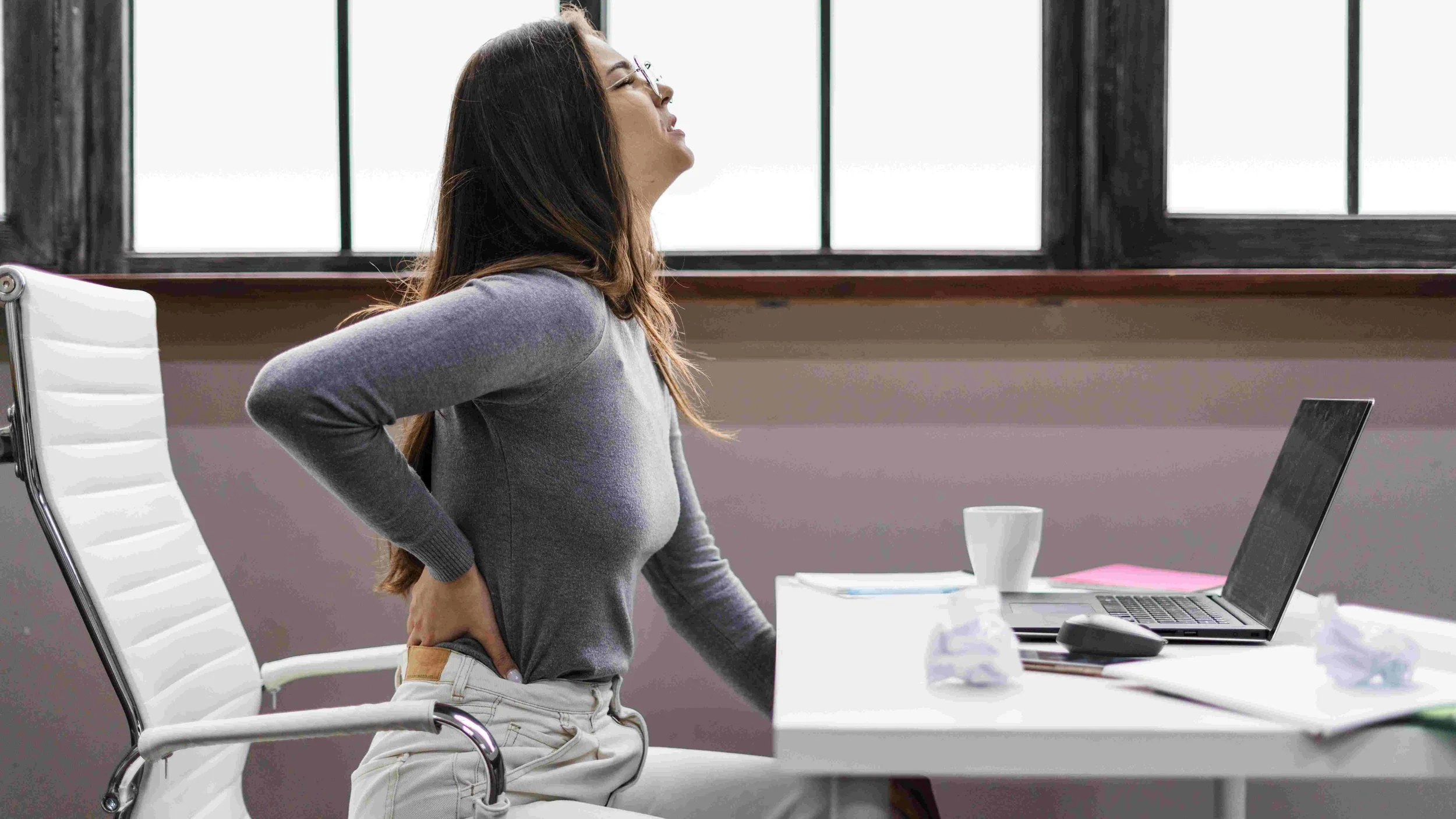Several times per week a patient will present to the office with severe Lower back pain, and their torso is bent to the left or right when standing. Often times I am asked what is happening that the body is bent over in that fashion-multiple things but let’s focus on the basics.
Most of the time what strains the back is bending and lifting that is done repetitively, or in just the right way-then the lower back strains. Often times the pain is one sided and may or may not cause shooting pain or tingling/numbness into the lower extremities.
There are two main structures that are injured with this type of movement, the lumbar discs, or the joints that bring the lumbar bones together on either side.
If the disc is injured the body has the torso bent over in a way to ease further compression on it, sometimes that is away from the side of pain, other times it’s into the side of pain. Think of the disc like a sprained ankle-you won’t be able to put pressure on the injured structures till some healing has been accomplished.
If the lumbar joints or (facet joints) are involved it is usually muscular spasm and pinching of cartilage inside the joint that causes the bent posture, or antalgia as we call it in medicine realms.
If there is no loss of bowel/bladder control, lower extremity weakness, or numbness in the pelvis/genital region, then these strains will usually resolve on their own over time, and do not need further imaging. But the pain is so severe at times, that some patients will seek out medication to reduce inflammation, spasm, and pain on their own via traveling to Urgent Care, or the Emergency department. This approach is necessary at times.
When patients present in this manner to our office, we take a careful history and perform a thorough examination to ascertain what structure is involved. Often, we can treat these injuries conservatively with gentle care, and within a few weeks get patients moving again with much less pain.
Furthermore, the experienced team at Mason Family Chiropractic & Wellness in Fishers, IN analyzes how a patient is moving during their daily activities, to try and prevent these injuries from occurring in the future. It is not helpful to get someone back on track, without proper focus on changing poor movement patterns—make sure whoever helps you- focuses on this, not just treating you.
Most patients who present this way respond very well to chiropractic care, and home stretches/exercises specifically to what structure has been injured. Further evaluation and imaging should be done if a patient is not responding to conservative care over a 2-4 week period of time post injury.
If you're dealing with lower back pain and poor posture, Dr. Mason at Mason Family Chiropractic & Wellness in Fishers, IN may be able to help. We offer personalized care to relieve pain and prevent future injuries. Schedule your consultation today and start feeling better with expert chiropractic care!
References:
Bogduk N, Jull G. 1985. The theoretical pathology of acute locked back: a basis for manipulative therapy. Manual Medicine 1: 78–82
Laslett, M., McDonald, B., Aprill, C. N., Tropp, H., & Oberg, B. (2006). Clinical predictors of screening lumbar zygapophyseal joint blocks: development of clinical prediction rules. The Spine Journal, 6(4), 370–379. http://doi.org/10.1016/j.spinee.2006.01.004
Jaumard, N. V., Welch, W. C., & Winkelstein, B. A. (2011). Spinal facet joint biomechanics and mechanotransduction in normal, injury and degenerative conditions. Journal of Biomechanical Engineering, 133(7), 071010. doi:10.1115/1.4004493

